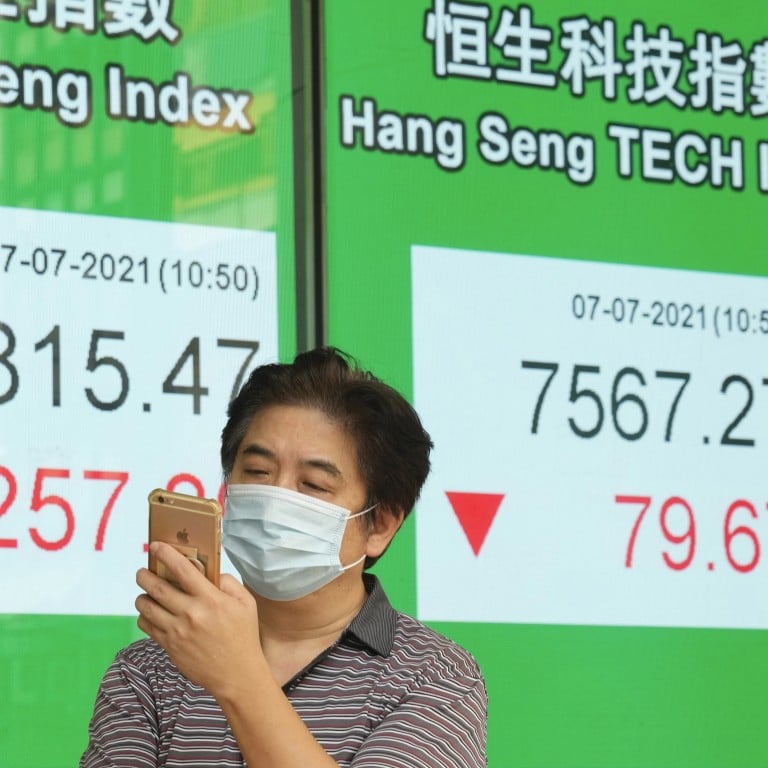
Why overpriced stock markets are headed for a major correction
- Low bond yields caused by central banks’ ultra-loose monetary policies leave income-starved investors with little choice but to remain invested in equities
- The combination of ever-loftier valuations and rising volatility associated with the withdrawal of stimulus will eventually prove too much for stock markets
A picture is worth a thousand words, especially in financial markets, where shifts in sentiment and competing narratives make it difficult for investors and commentators to discern the themes and trends that determine the performance of asset prices.
Reams of data hit the newswires every day, invariably providing little insight into the key factors driving markets. Every now and again, though, a revealing chart appears that captures the essence of investor behaviour.
EPFR, a specialist provider of information on fund flows, published data last weekend that showed global equity funds attracted a whopping US$580 billion in inflows in the first half of this year. That was far and away the largest addition since records began.
According to Bank of America, if the pace of the inflows keeps up in the second half of this year, global equity funds will attract more inflows in 2021 than in the last 20 years combined.

Although nominal yields are higher in the US, real yields – which strip out the effects of inflation – are deeply negative.
The findings of Bank of America’s latest fund manager survey, published on June 15, showed that allocations to global stocks are at their highest level since the beginning of this year and close to record highs. Allocations to global bonds, meanwhile, stand at a three-year low.
So far, bets on stocks have paid off handsomely. The MSCI All-Country World Index, a leading gauge of shares in developed and developing nations, has gained 12 per cent this year, with the benchmark S&P 500 index up 16 per cent.
Even technology stocks, which have suffered amid fears about an earlier-than-anticipated rise in interest rates, have made a comeback as investors’ concerns about inflation wane.

Yet, the dramatic surge in inflows into global equity funds is a Catch-22 situation. The longer bond yields – in particular real yields – remain at historically low levels, the stronger the pressure pushing investors into stocks, driving up valuations to more extreme levels.
By any measure, US equities are already expensive. The forward price-to-earnings ratio, a popular valuation tool, stands at 22, compared with 15.4 for a gauge of global stocks excluding US shares. That in itself stands at its highest level since the 2008 financial crisis.
On the other hand, a sudden and sustained rise in bond yields – which threatened to materialise earlier this year – could put stock markets under severe strain.
It is because stock valuations are so high that an abrupt rise in bond yields could be hugely damaging for sentiment.
The fact of the matter is that equity investors are damned if they do and damned if they don’t. By increasing their allocations to stocks, investors are tempting fate given how stretched valuations are, making a disorderly sell-off more likely.
Yet, as the first half of this year showed, just because valuations are high does not mean that stocks that are supported by strong earnings cannot grind higher, partly because bonds are even more expensive.
Investors who worried about valuations and stayed on the sidelines have missed out on a spectacular rally.
Nicholas Spiro is a partner at Lauressa Advisory

